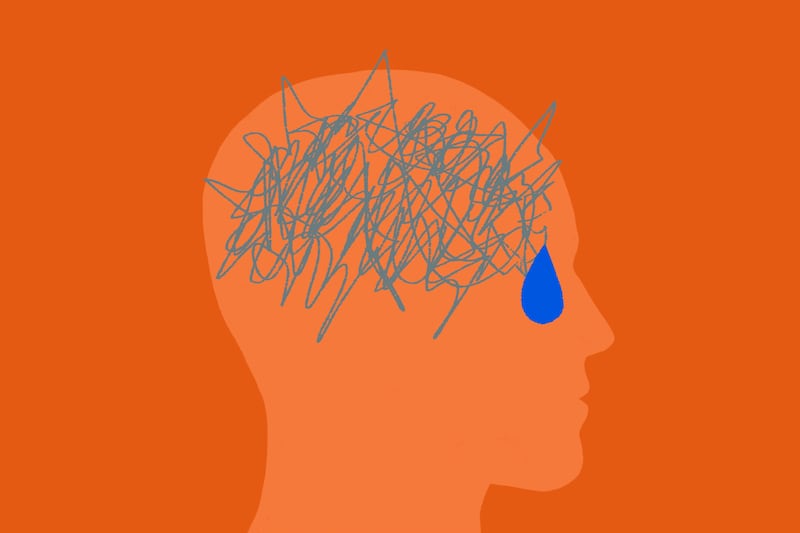By 2050, deaths from stroke worldwide will jump by 50% unless risk factors are tamed, if predictions from the World Stroke Organization-Lancet Neurology Commission hold true.
That would mean nearly 10 million stroke deaths every year, according to a new report from the group, which forecasts the impact of stroke on the economy and on public health. The report was published by The Lancet Neurology this week.
The commission’s goal is to provide a “roadmap” to reduce the risks and improve prevention, acute treatment and rehabilitation, the report says.
Stroke occurs when something blocks blood supply to part of the brain or when a blood vessel in the brain bursts, according to the Centers for Disease Control and Prevention, which says it is the No. 2 killer worldwide and is a leading cause of death in the U.S. It also creates a massive disability burden globally.
“Alarmingly, the incidence of stroke is increasing in young and middle-aged people (ie, age <55 years globally),” the report said.
Besides predicting the number of deaths will increase from 2020’s 6.6 million to just shy of 10 million in 2050, the commission also projects that “disability-adjusted life-years” will increase over that time from 144.8 million to 189.3 million. In dollar terms, the group says the combination of direct and indirect costs of stroke will exceed $891 billion a year.
The researchers interviewed 12 stroke experts, half each from high-income and lower-income countries. They also looked at population growth, aging and other factors.
Per CBS News, “They found some key barriers to high-quality surveillance, prevention, care and rehabilitation. These include low awareness of stroke and its risk factors, such as diabetes, high cholesterol, obesity, poor diet and smoking.”
What are the signs of a stroke?
Per CDC, symptoms — which all come on suddenly — include:
- Numbness or weakness in the face, arm or leg. It’s likely to occur on one side of the body.
- Confusion, trouble speaking or difficulty comprehending what others are saying.
- Trouble seeing.
- Dizziness and/or trouble with balance, walking or coordination.
- Severe headache with no known cause.
With any of those symptoms, call 911 immediately. Rapid treatment can reduce and in some cases reverse the impact of a stroke, public health experts say.
While some people have an increased genetic risk for stroke, the risk can be reduced by anyone by making sure high blood pressure is treated and a healthy weight maintained, and by eating a healthy diet, exercising regularly and avoiding alcohol and tobacco.
A worldwide challenge
“Stroke exerts an enormous toll on the world’s population, leading to the death and permanent disability of millions of people each year, and costing billions of dollars. Precisely forecasting the health and economic impacts of stroke decades into the future is inherently challenging given the levels of uncertainty involved, but these estimates are indicative of the ever-increasing burden we will see in the years ahead unless urgent, effective action is taken,” said Valery L. Feigin, an Auckland University of Technology, New Zealand, professor and commission co-chair, in a written statement.
The burden will be especially high, the report notes, in lower- and middle-income countries. But low-income populations in high-income countries are also at increased risk, according to Commission Co-chair Dr. Mayowa Owolabi of the University of Ibadan in Nigeria, per CBS News.
“Even with high-income countries, there are inequalities. Unequal exposure to some of these risk factors that are not treated or they’re poorly controlled,” he said in the article.
Changing the projection
The report concludes that “effective planning of stroke surveillance, prevention, acute care, and rehabilitation is needed to tackle the global burden of stroke. To maximize the effect of the limited resources available, cost-effective and evidence-based pragmatic solutions need to be deployed, with active engagement of all stakeholders, including policymakers and local communities.”
- The group’s worldwide recommendations include:
Set up low-cost surveillance systems to gather information and provide accurate data on stroke that can guide prevention and treatment. - Raise public awareness to improve healthy lifestyles, including through use of mobile and digital technologies.
- Build capacity and training, as well as resources to be able to manage care.
- Adapt evidence-based recommendations to fit the region in which they’re to be used.
- Bring together stakeholders in geographic areas to “co-create, co-implement and monitor stroke surveillance, prevention, acute care and rehabilitation.”


